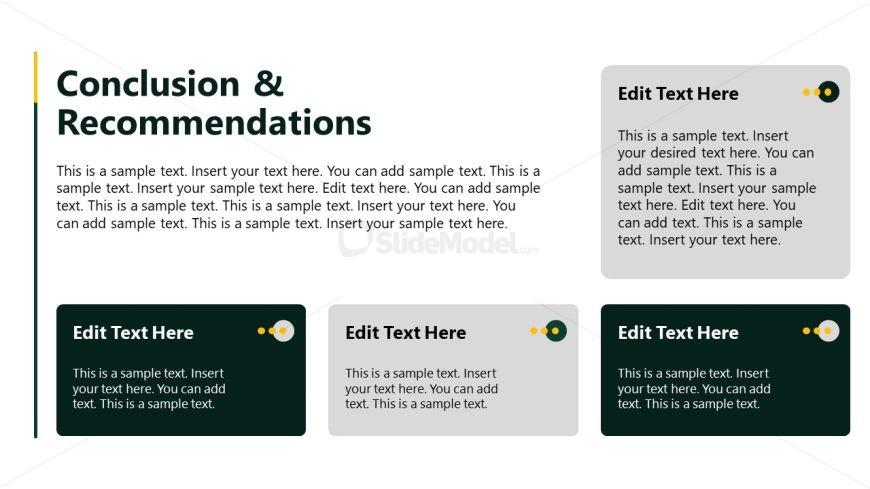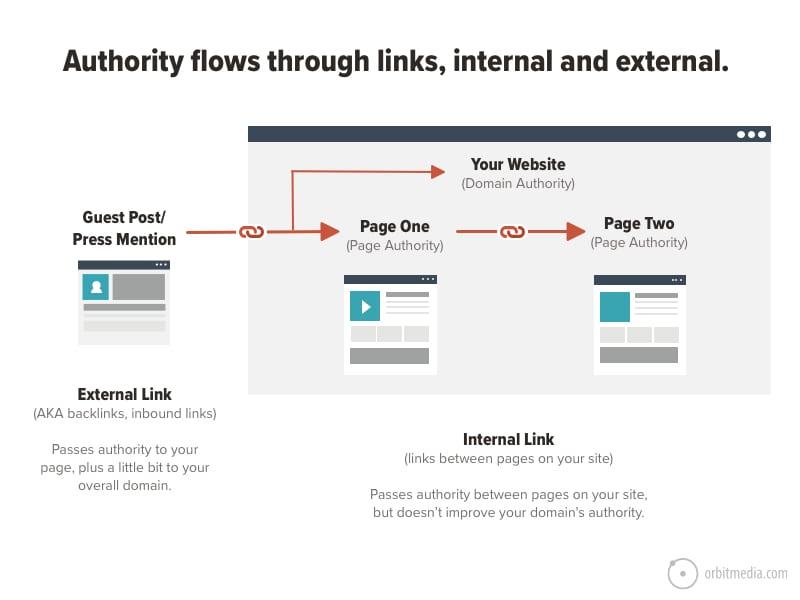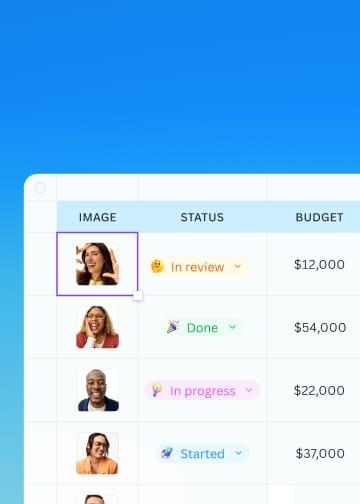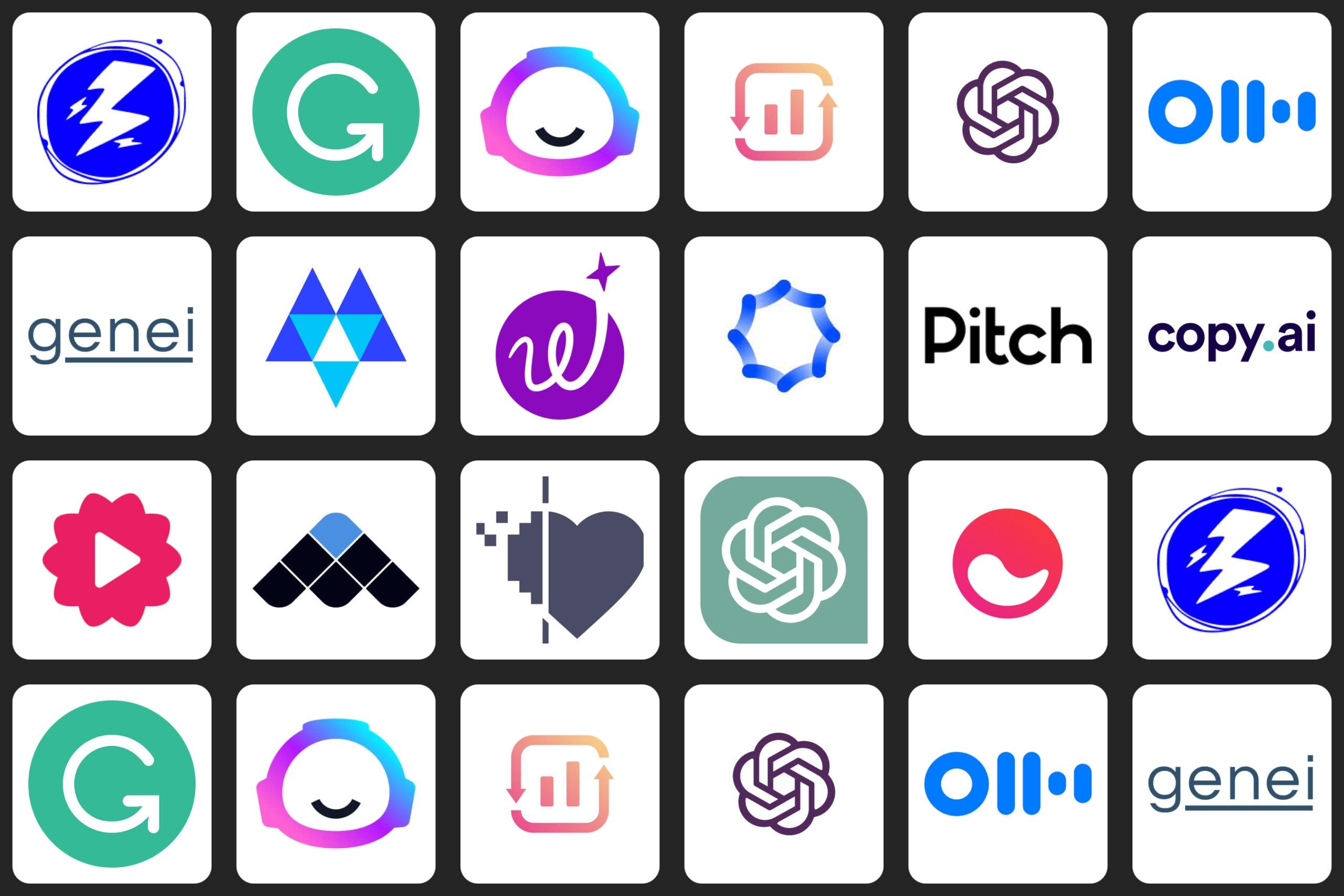The Blog Post Structure That Google (and Readers) Love
Are you pouring your heart and soul into your blog posts, only to find thay’re not getting the love they deserve? You’re not alone! Many writers struggle to strike the right balance between engaging their readers and pleasing the SEO gods. But what if we told you ther’s a simple structure that can definitely help you achieve both?
in this article, we’ll unveil the blog post blueprint that Google and readers can’t resist. Whether you’re a seasoned blogger or just starting out, understanding how to format your posts can make all the difference in boosting your visibility and keeping your audience hooked.Get ready to transform your writing and watch your engagement soar as we break down the essential components of a blog post that not only ranks well but also resonates with your audience. let’s dive in!
Understanding the Importance of a Strong Blog Post Structure
A well-structured blog post is crucial for capturing the attention of both readers and search engines like Google. When your blog post is organized logically, it not only enhances readability but also improves SEO performance. A strong structure ensures that your audience can easily navigate through your content, allowing them to consume data quickly and efficiently.
Key Elements of an Effective Blog post Structure:
- Catchy Title: This is the first impression for potential readers, so make it engaging and relevant.
- Introduction: Set the stage by briefly outlining what the post will cover, sparking curiosity.
- Subheadings: Break up your content into digestible sections.Subheadings guide readers and help them skim your post.
- Bullet points and Lists: These are great for highlighting key points or steps, making the information easier to digest.
- Conclusion: Summarize the main points and encourage reader interaction, whether through comments or shares.
Using a clear structure also helps in optimizing your content for search engines. Google favors well-organized posts because they tend to provide a better user experience. For example, incorporating keywords naturally in your titles and subheadings can substantially boost your visibility. additionally, using bullet points and tables can make your information more accessible, which can lead to lower bounce rates and increased time spent on your page.
| Element | Purpose | SEO Benefit |
|---|---|---|
| Title | Grabs attention | Improved click-through rates |
| Subheadings | Organizes content | Better indexing by search engines |
| Bullet Points | Highlights important info | Enhanced readability |
Moreover, a strong structure can foster engagement. When readers find your post easy to navigate, they are more likely to stay longer, share your content, and return for future posts. Encourage comments and discussions by posing questions or inviting feedback at the end of your post. This not only enriches the reader’s experience but also signals to Google that your content is valuable and engaging.

Crafting Attention-Grabbing Headlines That Hook Readers
Headlines are like the glittering storefronts of your blog—they draw in potential readers and invite them to explore what’s inside. to craft headlines that truly hook your audience, focus on a few key elements that can make all the difference.
Emphasize Value: Your headline should promptly communicate the benefit of reading your post. You want to make it clear why someone should invest their time in your content. As an example:
- Use numbers to suggest a list: “7 Effective Tips for Boosting Your Blog Traffic”
- Incorporate questions to spark curiosity: “Are you Making These Common Blogging Mistakes?”
- Highlight a solution: “How to write Headlines That Increase Click-Through Rates”
Keep It Concise: A headline that’s too long can lose its impact. Aim for around 6-10 words that pack a punch. This brevity not only increases readability but also ensures that your headline is fully visible in search engine results and social media shares.
Incorporate Keywords: To enhance your post’s visibility, include relevant keywords in your headline. This will not only help with SEO but also signal to readers that your content is directly applicable to their interests. For example, rather of a vague title like “Writing Tips,” try “SEO Writing Tips for Small Business Owners.”
Utilize Emotional Triggers: Creating an emotional connection is a powerful way to engage readers. Use strong words that evoke feelings, such as “unstoppable,” “essential,” or “transformative,” to make your headline resonate. A headline like “Unlock Your Potential: 10 Transformative Habits” can be far more captivating than a generic one.
By carefully considering these ingredients, you can create attention-grabbing headlines that not only attract clicks but also set the tone for a rewarding reading experience. Remember, the right headline can be the difference between a scroll past and a click through!

The Art of the Compelling Introduction to Set the Stage
When crafting a blog post, the introduction serves as your first impression—a chance to captivate your audience and entice them to keep reading. A compelling introduction should do more than just present the topic; it needs to resonate with readers, spark curiosity, and set the tone for what’s to come.
To achieve this,consider employing the following techniques:
- Start with a Hook: Use a surprising statistic,a thought-provoking question,or a vivid anecdote to draw readers in immediately.
- Establish Relevance: Clearly articulate why the topic matters to your audience. Connect it to their needs or concerns to create a sense of urgency.
- Preview Key Points: Give a brief overview of what readers can expect in the post.This not only piques interest but also provides a roadmap for the content that follows.
Another effective strategy is storytelling. By weaving a relatable narrative into your introduction,you can create an emotional connection that encourages readers to stay engaged.Remember, people are wired to respond to stories; they invoke empathy and curiosity. Share a brief personal experience or a case study that encapsulates the essence of your post.
Additionally,consider the use of rhetorical devices,such as metaphors or alliteration,to make your introduction more memorable. These elements can enhance the rhythm and flow of your writing, making it easier for readers to digest the information.Just a few carefully chosen phrases can elevate your introduction from mundane to magnetic.
don’t underestimate the power of clarity and brevity. Keep your sentences concise and your language simple. A straightforward introduction enables readers to quickly grasp your message and encourages them to dive deeper into your content. Aim for an introduction that is not just a preamble but a powerful invitation to explore the insights and value you have to offer.

Breaking Down Content with Clear Subheadings for Easy navigation
When crafting a blog post, the institution of your content plays a pivotal role in both user experience and SEO performance.Utilizing clear subheadings allows your readers to easily skim through the text, quickly locating the sections that interest them moast. This not only enhances readability but also keeps your audience engaged, minimizing the bounce rate.
consider breaking your content into distinct sections,each with a specific focus. This strategy can include:
- Introduction: A brief overview of what the reader can expect.
- Main Points: Key arguments or insights presented with supporting evidence.
- Conclusion: A summary that reinforces the main takeaways.
In addition to improving readability, subheadings can significantly impact your search engine optimization. Google favors content that is well-structured, which means using H2 and H3 tags for your subheadings can help search engines understand the hierarchy of your content. This, in turn, boosts your chances of ranking higher in search results.
To illustrate this point, here’s a simple layout of how content can be organized:
| Section | Purpose |
|---|---|
| introduction | sets the stage for the content and hooks the reader. |
| Main Content | Presents detailed information, arguments, and examples. |
| Conclusion | Wraps up the discussion and emphasizes key points. |
By implementing clear subheadings and a structured format, you allow your readers to navigate your content effortlessly. this approach not only boosts user engagement but also aligns with best practices that search engines favor. Remember, a well-structured post is a win-win for both your audience and your visibility online.
incorporating visuals to Enhance Engagement and Understanding
Integrating visuals into your blog posts is not just a matter of aesthetics; it’s a powerful strategy to boost reader engagement and enhance understanding.When readers encounter a wall of text, their attention often wanes, leading to higher bounce rates. However, by incorporating images, infographics, and videos, you can break up the text and make your content more digestible.
Consider using infographics to encapsulate complex information. They allow you to present data in a visually appealing way, making it easier for readers to grasp essential points quickly. For example, if your post discusses SEO strategies, an infographic summarizing key tactics can serve as a handy reference for readers.
Another effective approach is to use charts and graphs. these visual elements can illustrate trends and comparisons that might be challenging to convey through words alone. A simple line graph showing traffic growth over time can tell a compelling story that resonates more than paragraphs of description.
| Visual Type | Purpose | Best Used For |
|---|---|---|
| Images | Capture attention | Blog headers, product showcases |
| Infographics | Simplify complex info | Data summaries, processes |
| Videos | Enhance storytelling | Tutorials, interviews |
| Charts/Graphs | Visualize data | Statistics, trends |
Don’t forget about the power of captions! Adding descriptive captions to your visuals ensures that readers understand the meaning of what they are seeing. A well-crafted caption can provide context, spark curiosity, or even encourage readers to explore further. Additionally, optimizing images with alt text not only improves accessibility but also enhances your SEO strategy.
the strategic use of visuals transforms your blog into a more engaging experience. By making your content visually appealing, you’re not just catering to the eye; you’re fostering a deeper understanding of your subject matter. The right visuals can create a memorable impact, ensuring that your readers don’t just skim—they engage, learn, and return for more.
Using Bullet Points and Lists to Present Information Clearly
When presenting information, clarity is key. Bullet points and lists are powerful tools that can help you achieve this goal. They break down complex ideas into digestible chunks, making it easier for readers to grasp your message quickly. Here are some effective ways to use bullet points and lists in your blog posts:
- Simplify Complex Information: Use bullet points to distill intricate topics into straightforward concepts. This can include defining terms, outlining processes, or presenting statistics.
- Enhance Readability: Lists naturally draw the eye, allowing readers to scan content rather than read every word.This is especially useful for busy readers who are looking for rapid insights.
- Emphasize Key Points: Utilize bold text within bullet points to highlight important terms or ideas. This not only catches the reader’s attention but also reinforces the main messages you want to convey.
Consider the following example to illustrate how to use bullet points effectively:
| Benefits of Using Bullet Points | Examples |
|---|---|
| Improved Comprehension | Breaking down statistics for easier understanding. |
| Increased Engagement | Listing tips that encourage reader interaction. |
| Faster Information Retrieval | Summarizing research findings for quick reference. |
To maximize impact, ensure that each bullet point is concise and relevant. Avoid long, drawn-out sentences that can overwhelm readers. Instead, aim for clarity and brevity, allowing your audience to absorb the information without unnecessary distractions.
Incorporating lists can also guide your readers through your post’s narrative. Whether you’re presenting a step-by-step guide or outlining essential takeaways, lists can provide a roadmap that enhances their reading experience. Utilize this technique to not only improve clarity but also to keep your audience engaged from start to finish.

Writing Engaging Conclusions that encourage action
Creating a powerful conclusion is crucial for transforming casual readers into engaged participants. A well-crafted ending not only summarizes key points but also leaves your audience with a call to action that feels organic and compelling. Here’s how you can elevate your conclusion to drive engagement:
- Recap the Key Takeaways: Briefly highlight the main points discussed in your post. This reinforces your message and reminds readers of the valuable insights they’ve just gained.
- Include a Compelling Call to Action: Rather of a generic “leave a comment,” craft a specific and enticing invitation. Such as, “What’s one strategy from this post you’ll implement today? Share below!” This encourages interaction and personal connection.
- Pose a Thought-Provoking Question: Stimulate further thinking by asking a relevant question that resonates with your audience’s experiences or challenges. This not only engages them but invites dialog.
- Provide Additional Resources: Direct your readers to further reading or tools that can enhance their understanding. A simple list of links to your other relevant blog posts or external resources can significantly enhance user experience.
To visualize how an effective conclusion can look, consider this example format:
| Action Step | Why It Matters |
|---|---|
| Implement one tip from this post | Transform knowledge into practice |
| Comment your thoughts | Foster a community of like-minded individuals |
| Subscribe for more tips | Stay updated and engaged with new content |
remember to convey enthusiasm in your closing remarks. Your passion can be contagious! A line such as “I can’t wait to hear how you apply these strategies!” not only conveys your excitement but also invites readers to engage with you on their journey.

optimizing for SEO Without Sacrificing Readability
Striking the right balance between search engine optimization (SEO) and readability is crucial for creating content that resonates with both Google and your audience.The first step is to focus on keyword placement. Use your primary keyword naturally within the first 100 words of your post, as well as in the headings and subheadings.This strategic placement helps search engines understand your content without compromising the flow for your readers.
another effective technique is to leverage short paragraphs and bullet points. This not only enhances readability but also makes it easier for search engines to scan your content. Aim for paragraphs that are 2-3 sentences long and consider using bullet points for lists or key takeaways, which can provide clarity and keep readers engaged. Here’s an example:
- Use relevant keywords throughout the text.
- Incorporate engaging subheadings.
- Use multimedia elements to break up text.
Moreover, integrating internal and external links can significantly benefit your SEO without overwhelming your readers. linking to your own relevant content keeps visitors on your site longer, while reputable external links lend credibility to your claims. A simple, clear approach is to hyperlink keywords rather than cluttering the text with URLs. For instance:
“As discussed in our previous article, effective content strategies evolve constantly.”
Lastly, consider the use of meta descriptions. Although they don’t directly impact rankings, compelling meta descriptions can increase your click-through rates from the search engine results page (SERP). Keep your descriptions under 160 characters, include your primary keyword, and ensure they are intriguing enough to invite clicks.
| SEO Strategy | Readability benefit |
|---|---|
| Keyword Placement | Increases relevance for search engines |
| Short Paragraphs | Enhances readability and keeps attention |
| Bullet Points | Facilitates quick understanding of key points |
| Internal Links | Keeps visitors on your site longer |
| Meta Descriptions | Improves click-through rates from SERPs |

The Role of Internal and External Links in Boosting Credibility
In the digital landscape, establishing credibility is paramount for both Google and your readers. One of the most effective ways to enhance your blog’s trustworthiness is through the strategic use of internal and external links. These links work in tandem to create a rich, interconnected web of information that not only benefits your SEO but also enriches the reader’s experience.
Internal links serve as a roadmap for your readers, guiding them to explore more of your content. By linking to related articles, you help your audience discover additional insights, keeping them engaged for longer periods. Here are some compelling reasons to incorporate internal links:
- Enhances user experience by making navigation seamless.
- Distributes page authority throughout your site, improving SEO.
- Encourages readers to explore your content, leading to lower bounce rates.
On the other hand, external links to reputable sources validate your claims and enhance your content’s authority.when you link to high-quality sites, you signal to both Google and your audience that you align with credible information.Consider the following benefits of using external links:
- boosts your credibility by associating with trusted domains.
- Can improve your SEO if the linked content is relevant to your niche.
- Encourages reciprocal linking, where others may link back to your site.
| Link Type | Benefits |
|---|---|
| Internal Links | Enhance navigation, lower bounce rates, distribute authority |
| External Links | Boost credibility, improve SEO, foster community |
By effectively utilizing both internal and external links, you create a robust framework that not only satisfies Google’s algorithms but also captivates your readers. Remember,the goal is to build a extensive network of valuable content that both informs and engages,fostering a sense of trust and authority in your niche.

Maintaining a consistent Voice and Style for Brand Identity
In the digital age, where countless voices compete for attention, establishing a unique brand identity is more crucial than ever. A consistent voice and style not only set your brand apart but also foster trust with your audience. When readers encounter your content, they should feel an immediate connection, recognizing your brand as a reliable source of information. This familiarity encourages them to return, engaging with your content time and again.
To maintain a strong brand voice, consider the following elements:
- Know Your Audience: Understanding who you’re writing for is essential. Tailor your language, tone, and messaging based on their preferences and values.
- Define Your Brand Personality: choose adjectives that describe your brand. Are you pleasant and approachable, or authoritative and professional? This personality should shine through in every piece of content.
- Be Consistent Across Platforms: Whether it’s your blog, social media, or email newsletters, ensure your voice and style remain uniform. This consistency builds recognition and reliability.
- Create a Style Guide: Document your tone, vocabulary, and stylistic preferences. This guide will serve as a reference for anyone creating content for your brand, ensuring a unified voice.
Moreover, using the right language can significantly enhance your brand identity. Consider employing specific phrases or terminology that resonate with your audience. This can create a sense of belonging and loyalty. Such as, if you’re targeting a niche market, incorporate industry-specific jargon that reflects your expertise and shows that you understand their world.
Additionally, visuals play a pivotal role in reinforcing your brand voice. Consistent use of colors, fonts, and imagery can complement your written content, creating a cohesive experience. For instance, a tech company might opt for sleek, modern visuals, while a children’s brand might use bright colors and playful designs. When these elements align with your writing style,they create a powerful and memorable brand presence.
The impact of a strong, consistent voice is not just theoretical; it can be measured. Brands with a clear identity often experience higher customer loyalty and engagement rates. This translates into tangible benefits like increased website traffic,improved SEO rankings,and ultimately,higher conversion rates. By actively cultivating your brand’s voice and style, you’re not just writing; you’re crafting a narrative that resonates, connects, and converts.
Frequently Asked Questions (FAQ)
Q&A: The Blog Post Structure That Google (and Readers) Love
Q: Why is the structure of a blog post important?
A: Great question! The structure of a blog post is crucial because it affects both readability and SEO. A well-organized post helps readers digest your content easily, while Google’s algorithms favor structured articles because they indicate quality. This means a solid structure can boost your visibility and keep readers engaged.
Q: What are the key elements of a successful blog post structure?
A: A successful blog post typically includes several key elements: an engaging title, a compelling introduction, clear subheadings, well-organized body content, and a strong conclusion. Each part serves a specific purpose, from grabbing attention to summarizing your main points.
Q: How important is the title of a blog post?
A: The title is incredibly important! It’s often the first thing readers and Google see. A catchy, keyword-rich title can attract clicks and improve your SEO ranking. Think of it as your post’s first impression — make it count!
Q: What should I aim for in the introduction?
A: Your introduction should hook readers from the start. Aim to present a problem,ask a question,or share an interesting fact. You want to engage readers immediately and give them a reason to keep reading. Also, don’t forget to include your main keyword early on for SEO!
Q: How can I effectively use subheadings in my blog posts?
A: Subheadings are your best friends! They break up the text, making it easier to scan.They also help organize your content logically.Use descriptive subheadings that include keywords to enhance SEO and guide readers through your post.
Q: What about the body of the blog post? what should I keep in mind?
A: The body should be informative and focused.Aim for clear, concise paragraphs that directly address your topic. Use bullet points or numbered lists for easy reading. Intersperse images and examples to keep things engaging and visually appealing.
Q: Why is a strong conclusion necessary?
A: A strong conclusion wraps up your post neatly. It should summarize key points and encourage readers to take action, whether that’s leaving a comment, sharing the post, or checking out another article. it’s your chance to leave a lasting impression!
Q: How can I optimize my blog post for Google?
A: Besides structure, you can optimize for Google by using relevant keywords throughout your post, including in titles and subheadings. Make sure to use meta descriptions, alt text for images, and internal and external links. These techniques help Google understand your content better.
Q: Any final tips for creating a blog post that both Google and readers will love?
A: Absolutely! Always keep your target audience in mind. Write in a conversational tone and provide value in every section. Regularly update your posts to keep them relevant,and don’t forget to promote them on social media. Consistency is key to building an audience that loves your content!
—
By following this structure, you’ll create blog posts that are not only loved by Google but also resonate with your readers. Happy blogging!
Final Thoughts
And there you have it! By incorporating this effective blog post structure,you’re not just creating content that Google will love,but also engaging your readers in a way that keeps them coming back for more. Remember, it’s all about clarity, value, and connection. So, the next time you sit down to write, keep these tips in mind.Think of your readers as friends you’re sharing valuable insights with, and structure your posts to make their experience seamless and enjoyable. With a little practice, you’ll find that striking the right balance between SEO and reader engagement can be a game-changer for your blog.
So why wait? Start crafting those killer posts today, and watch as your audience grows and your traffic soars. Happy blogging!




